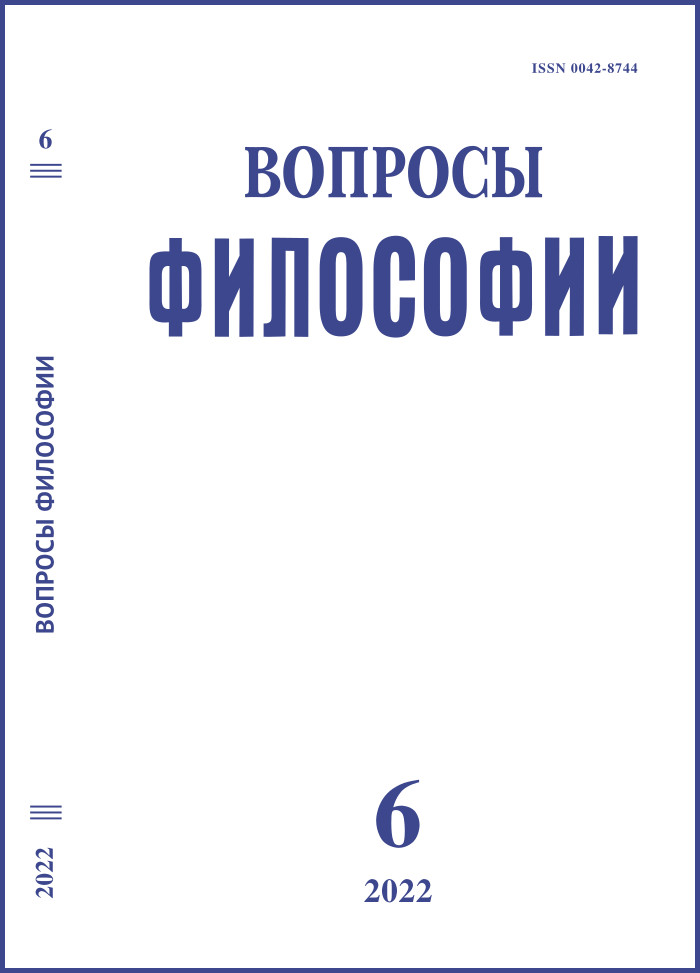Women and the Way of Buddha in 19th Maki of Konjaku monogatari-shū
DOI:
https://doi.org/10.21146/0042-8744-2022-6-164-175Keywords:
Japanese Buddhism, Konjaku monogatari shū, monasticism, women in Buddhism.Abstract
19th maki of Konjaku monogatari-shū contains about 40 tales, almost a half of which are dedicated to shukke (taking monastic vows). The act of becoming a monk is considered by the compilers as the central point of the life of a Buddhist devotee. Despite the existence of different opinions about the life of practitioners in Japanese Buddhism, it was agreed that men and women are not in equal positions. Although according to the Mahayana Buddhism, women were also able to take vows, to become nuns and to attain enlightenment, in the 13th century Japan they were not considered to be made for this way of life. Overall, there are several types of women in 19th maki. Young, beautiful and sensitive women, albeit unintentionally, hinder men in their attempts to follow the Buddha way. However, their death makes men aware of the fragility and futility of the world, leading them to becoming monks. Some older women, the wives or mothers of the main characters, remain strongly attached to this world, being interested in gaining possessions and raising children. They don’t want to break any ties or leave the secular life. Finally, there are women who succeeded in leading a happy life. Having accomplished their duties, they can take vows and focus on the salvation.
Downloads
Published
Versions
- 2025-02-06 (2)
- 2022-06-30 (1)

